
Niña Dioz, the Mexican rapper who remains true to herself
Given her talent, others wanted her to sing pop, a genre that was on the rise in Mexico. But she wanted to rap.
Carla Reyna, better known in the rap universe as Niña Dioz, has been claiming her place in the music industry for a long time. Born in Monterrey in 1985, she has been recording her own music since she was 10 years old. Back then, she freestyled, telling stories of her family and classmates on home tapes.
She began to be known with her first EP Marcapasos (2007), which contained seven self-produced songs. Her debut earned her an Indie-O-Music Awards for Best Hip-Hop Album. Her popularity rose to new heights thanks to the song “Cuándo, cuándo," which was received with praise in the music press and public.
At first, her family did not approve of her. They did not understand her path so distant from popular music.
"It's 1997 and I want everyone to know what I want to share, I don't have the necessary instruments, but this is my music and I hope you like it," she says in her first homemade demos.
Given her talent, others demanded she should sing pop, a genre that was on the rise in Mexico. However, as she said during an interview with Coolt magazine during her recent tour of Spain, “I didn't want to go down that road. I found it more challenging to compose a three-page rap lyric than a short half-page pop song.”
During her career, Niña Dioz has collaborated with the big names of her genre: El Chojin, Tote King, Cartel de Santa, Sonidero Nacional and Molotov, among others. The Mexican is known for her particular mix of genres, as she dares to fuse hip-hop with punk and rock.
{"preview_thumbnail":"/sites/default/files/styles/video_embed_wysiwyg_preview/public/video_thumbnails/AP-V_v1DUdQ.jpg?itok=IAn24-xe","video_url":"https://youtu.be/AP-V_v1DUdQ","settings":{"responsive":1,"width":"854","height":"480","autoplay":1},"settings_summary":["Embedded Video (Adaptable, autoplaying)."]}
RELATED CONTENT
In 2008, she signed a contract with the sportswear brand Nike, and she was the only artist to represent her country at the Olympic Games in Beijing. Later, she achieved fame in the U.S. after performing at festivals in New York and Austin. DJ Concept magazine defined her as the best hip-hop artist of the moment. In 2014, she left everything to move to Los Angeles, where she combined her musical passion with other jobs to make ends meet.
In 2021, she released her latest album Amor locura & otros vicios, where she collaborated with several Hispanic female rappers and focused on the strength that characterizes Mexican women. That is what she talks about in the song “Mezcla,” where she denounces the widespread sexism in her country. Despite her love for her land and people, she always wanted to fly away, and thought of Monterrey as a cage. She needed to “get out and be free."
In her lyrics, personal experiences stand out, as well as conflicts and tragedies from her hometown. Between 2009 and 2014, Monterrey was involved in a wave of violence. Upon returning to her country, several of her friends disappeared, her cousin was killed in front of her aunt, and she witnessed a man hanged on a bridge.
"All of that inspired me to talk about these issues," she acknowledged.
“Everything that at first was an obstacle to advancing in the industry, like being queer, a rapper and a woman, is now my greatest strength. The most important thing is to be true to yourself,” she concluded.



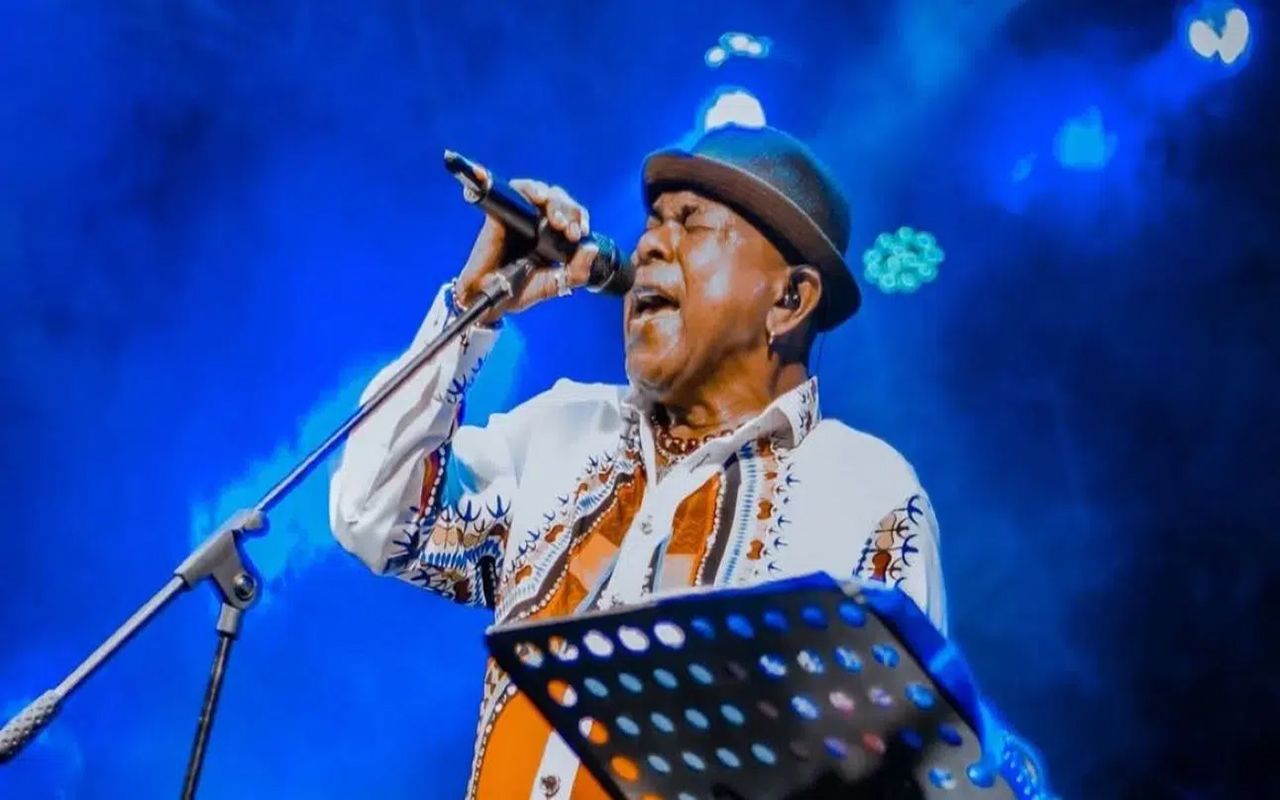
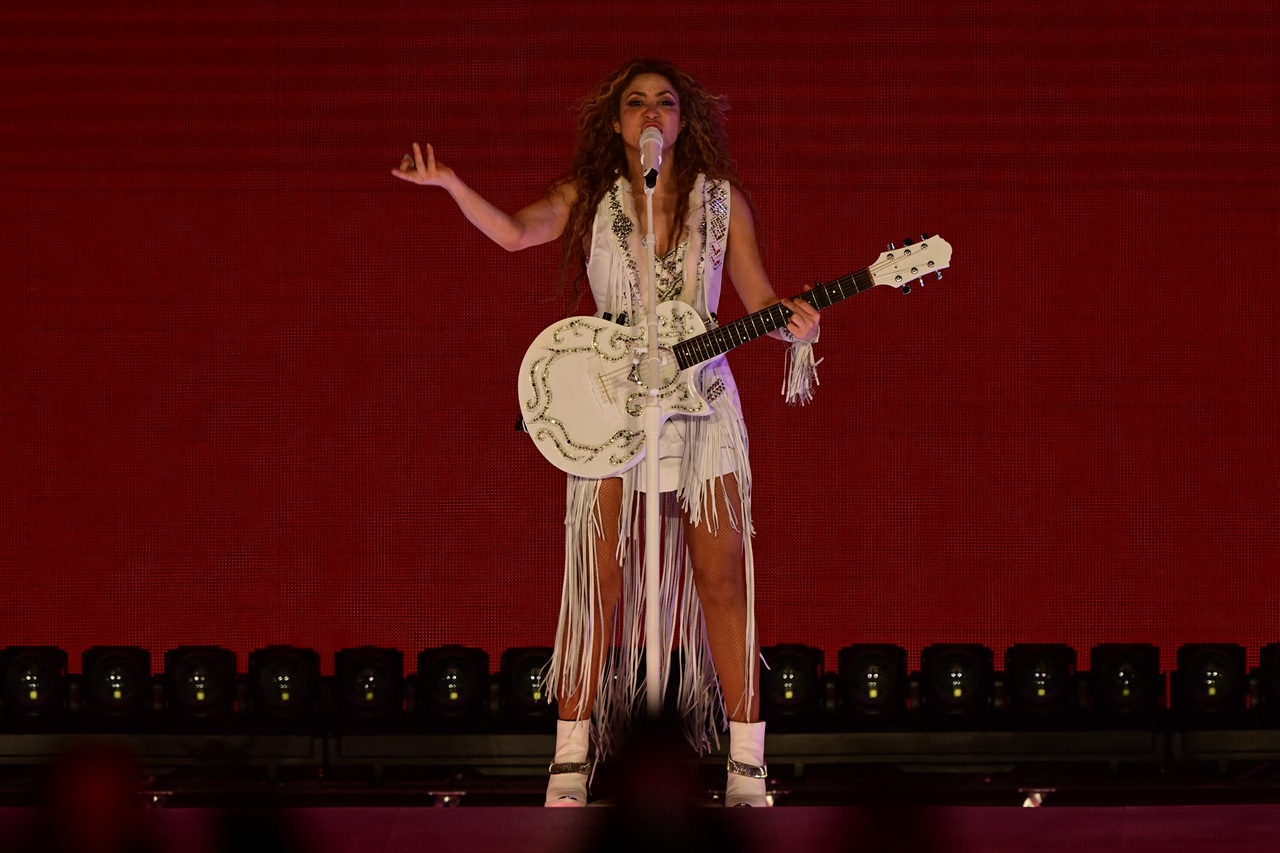
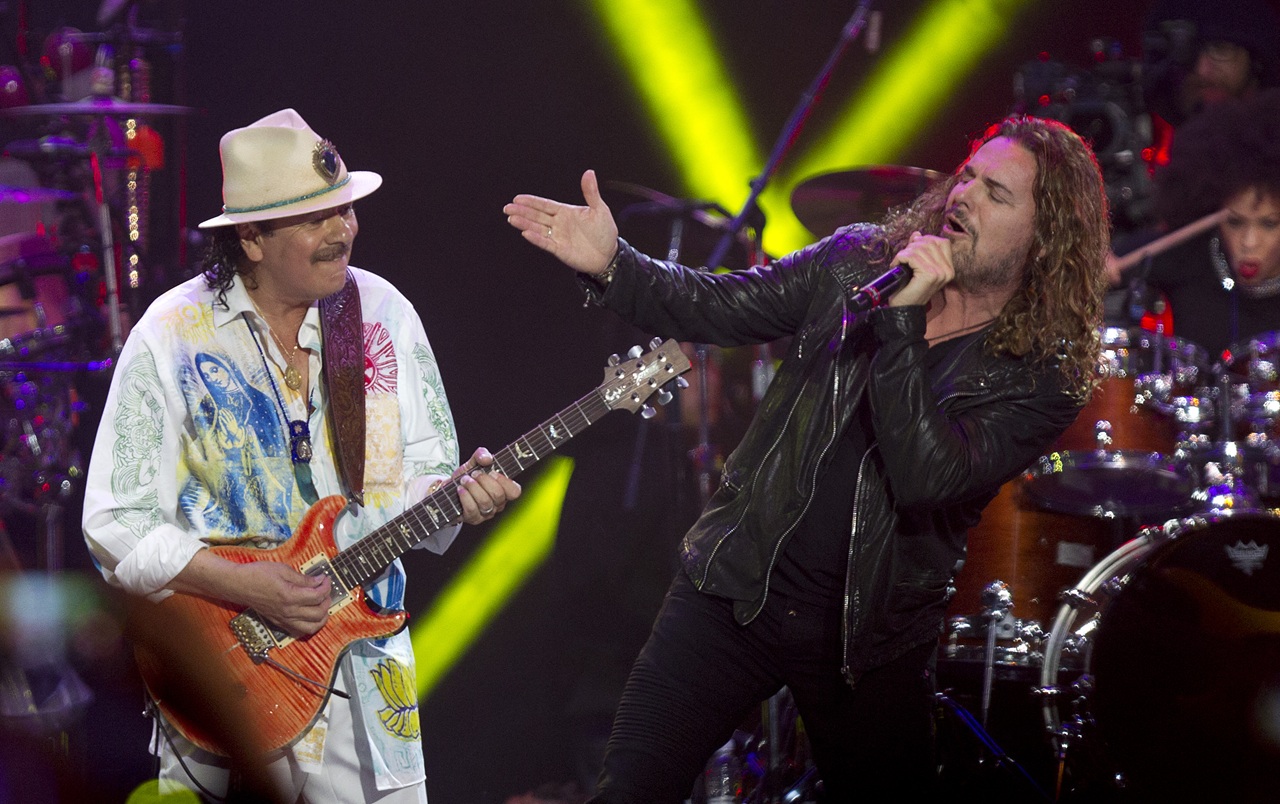

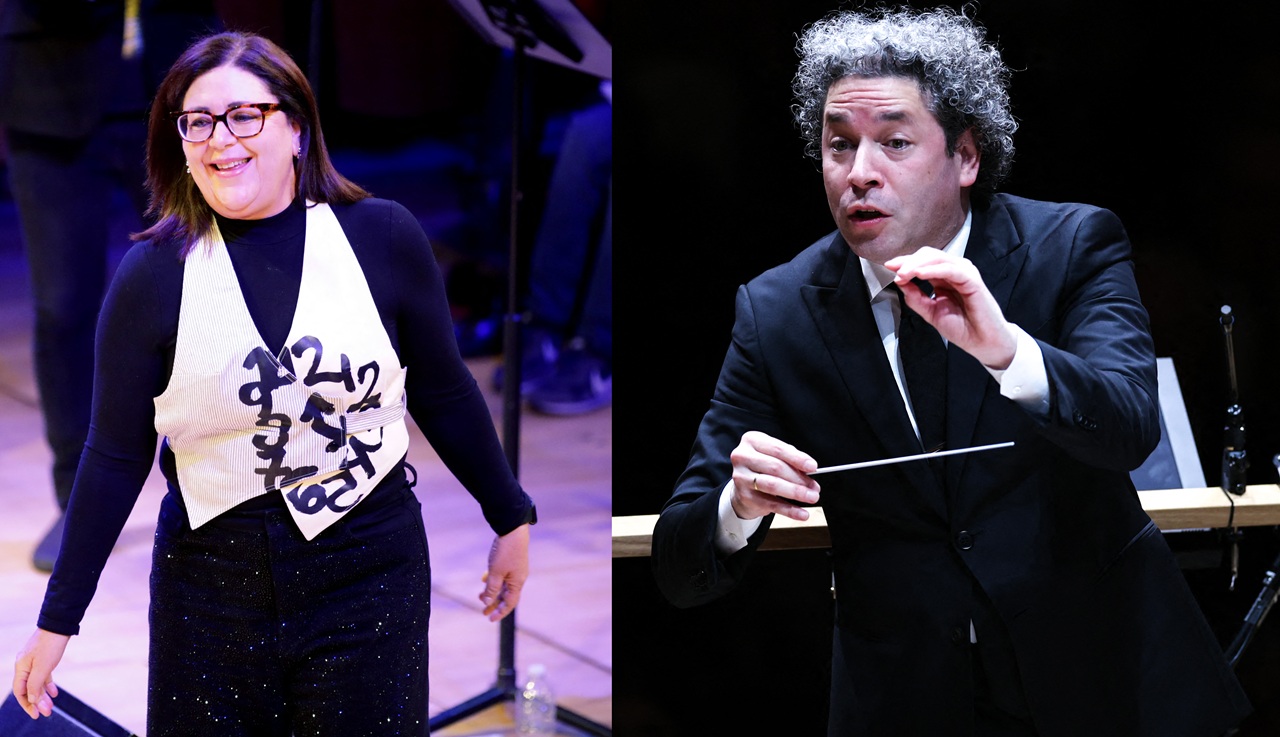

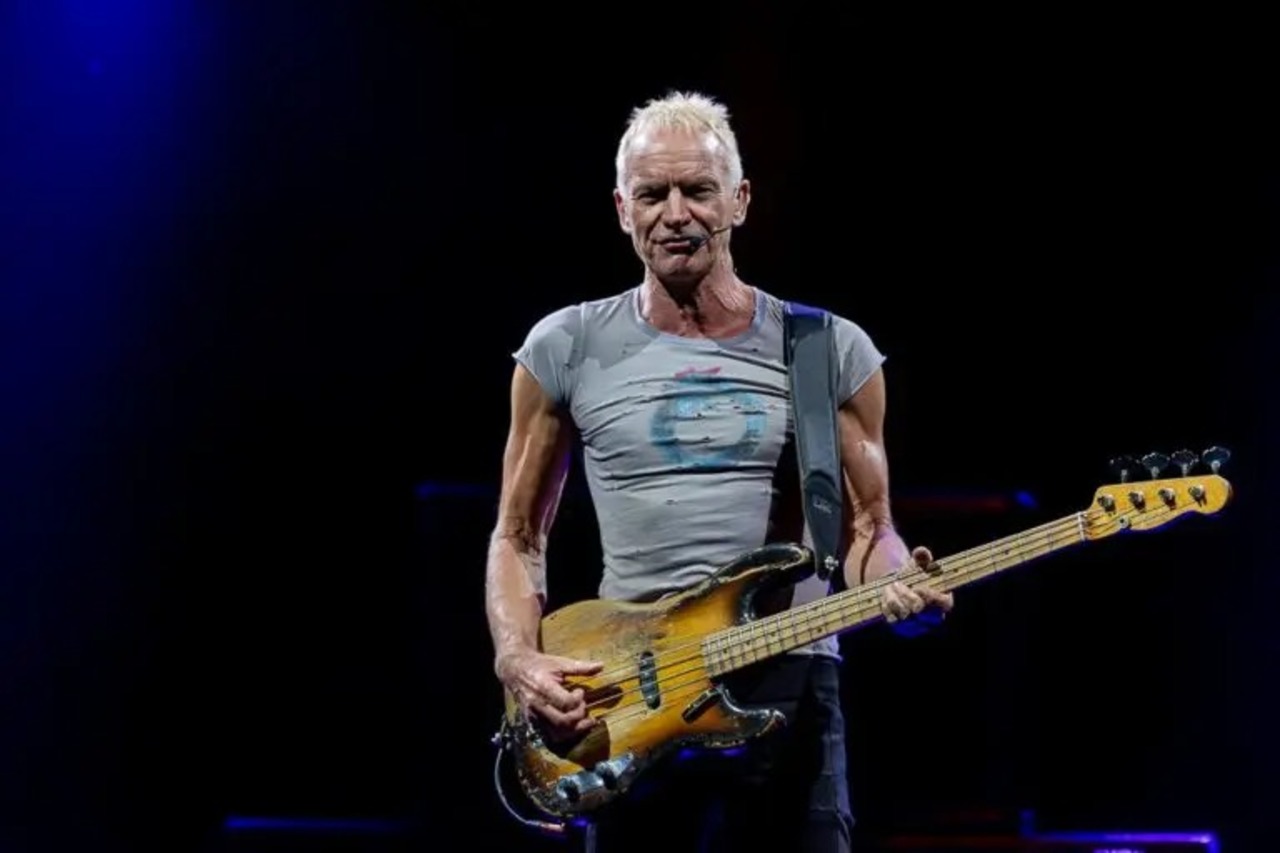

LEAVE A COMMENT: